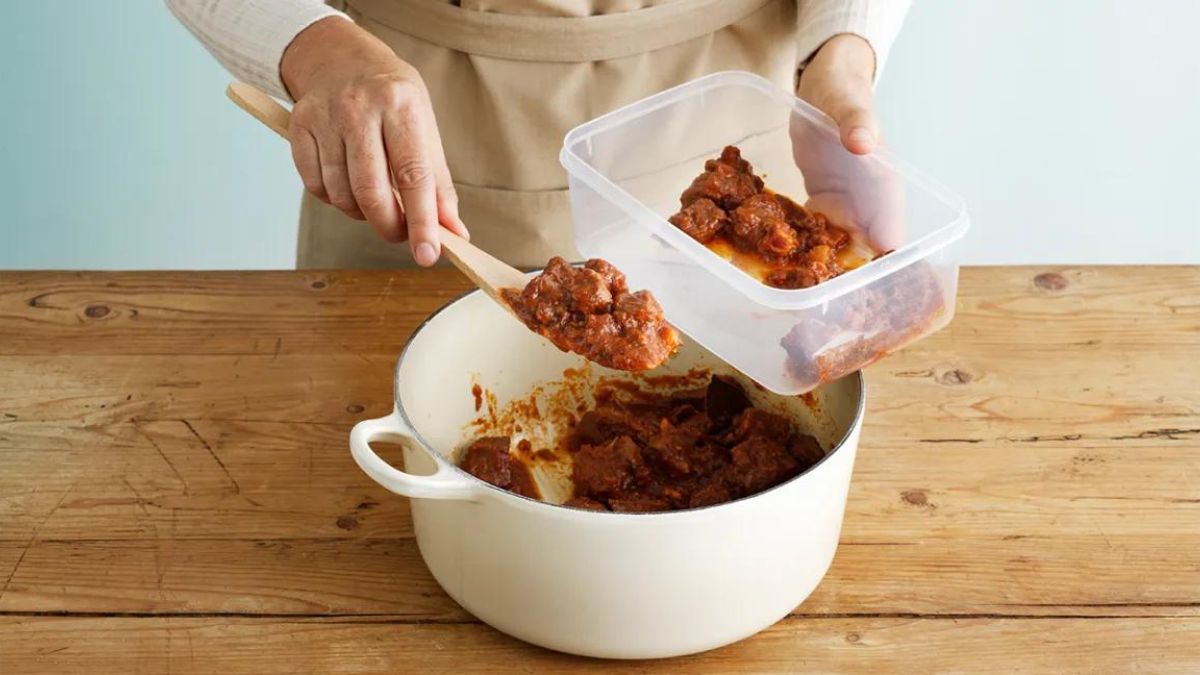
Advertisement
Every home cook hits a plateau. Your meals are perfectly edible—the pasta is al dente, the chicken is cooked through—but they lack that indescribable depth, that “je ne sais quoi,” that defines Restaurant-Quality Food. You may be following recipes perfectly, yet the final dish tastes flat, watery, or simply one-dimensional. The secret that separates the competent cook from the culinary master isn’t a complex piece of equipment like a Sous Vide machine, or a specific ingredient like Saffron; it’s a mastery of controlled browning.
Specifically, the technique is two-fold: first, achieving the Maillard Reaction on proteins and vegetables, and second, capturing the resulting flavor deposits—the Fond—by Deglazing the pan. This process is the foundation of savory cooking, transforming simple Amino Acids and sugars into hundreds of new, flavorful compounds that define the taste of everything from a perfectly seared New York Strip Steak to a rich Boeuf Bourguignon or a simple pan sauce. Learn this single process, and you will instantly master any savory meal you attempt.
The Science of Searing: Decoding the Maillard Reaction
The Maillard Reaction is the single most important chemical process in the world of cooking. Named after French chemist Louis Camille Maillard, it is a complex cascade of reactions that occurs when reducing sugars and amino acids are exposed to temperatures generally between 280°F (140°C) and 330°F (165°C). It is distinct from Caramelization, which involves only sugars. The Maillard Reaction creates the deep brown crust on bread, the appealing color of roasted coffee beans, and the savory depth (or Umami) in seared meat.
Failure to achieve the Maillard Reaction is the primary reason home-cooked food often tastes bland. This failure usually stems from two issues: insufficient heat or excess moisture.
When searing meat (or browning vegetables like Mirepoix), the surface must be absolutely dry, and the pan must be piping hot. If the pan is too cool, or if the food has excess water on its surface, the water evaporates first, cooling the surface via evaporative cooling. This keeps the temperature below the required 280°F threshold, resulting in steaming instead of searing. Harold McGee, the authoritative author of On Food and Cooking, emphasizes that this delicate balance of temperature and moisture is the foundation of all rich flavor development.
You must choose the right tool; heavy-bottomed pans, such as a well-seasoned Lodge Cast Iron skillet or a premium All-Clad Stainless Steel pan, retain heat effectively, preventing the temperature from dropping when cold food is added. Using non-stick surfaces, like Teflon, will often inhibit the necessary development of the fond because the brown bits cannot adhere to the cooking surface.
The Art of the Pan: Building and Utilizing the Fond
Once you’ve successfully seared your protein or browned your vegetables, you will notice a dark, crusty residue stuck to the bottom of the pan. This is the Fond—French for “base” or “foundation”—and it is concentrated flavor gold. This is not burnt; it is pure, intense Umami created by the proteins and sugars reacting. The mark of a great chef, like Thomas Keller or Gordon Ramsay, is knowing how to manage and then reclaim this flavor.
To use the fond, you must Deglaze the pan.
The Deglazing Process:
- Remove the Main Ingredient: Once the meat or vegetables are properly browned, remove them from the pan.
- Introduce Liquid: While the pan is still hot, pour in a small amount of cold liquid—usually wine (such as Pinot Noir), stock (like Chicken Broth or Beef Stock), or even water. The cold liquid immediately hits the hot surface and bubbles violently.
- Scrape Vigorously: Using a wooden spoon or metal spatula, vigorously scrape the bottom of the pan, dissolving every brown piece of fond into the liquid. This scraping motion is crucial; the dissolved fond immediately enriches the liquid, creating an instant flavor bomb.
- Reduce: Allow the liquid to reduce and thicken slightly, concentrating the flavor even further. This reduced liquid is the starting point for a classic Pan Sauce, a gravy, or a base for a soup.
This technique is not limited to sauces. When preparing a traditional French dish like Julia Child’s famous French Onion Soup, the onions are browned slowly, creating a deep fond, which is then deglazed with wine before the broth is added. When preparing a roast, the drippings (the fond) are deglazed with stock to create the ultimate gravy base.
Mastering the Maillard Reaction and the resulting fond is the single highest-leverage skill you can acquire in the kitchen. It requires patience, high heat, and the courage to let food truly brown without flipping it too early—a principle taught at institutions like the Culinary Institute of America (CIA) and Le Cordon Bleu. Stop managing ingredients and start engineering flavor compounds. By treating your pan as a flavor laboratory, you will unlock a depth of taste in your food that you never thought possible, transforming your cooking from simply functional to truly inspirational.
